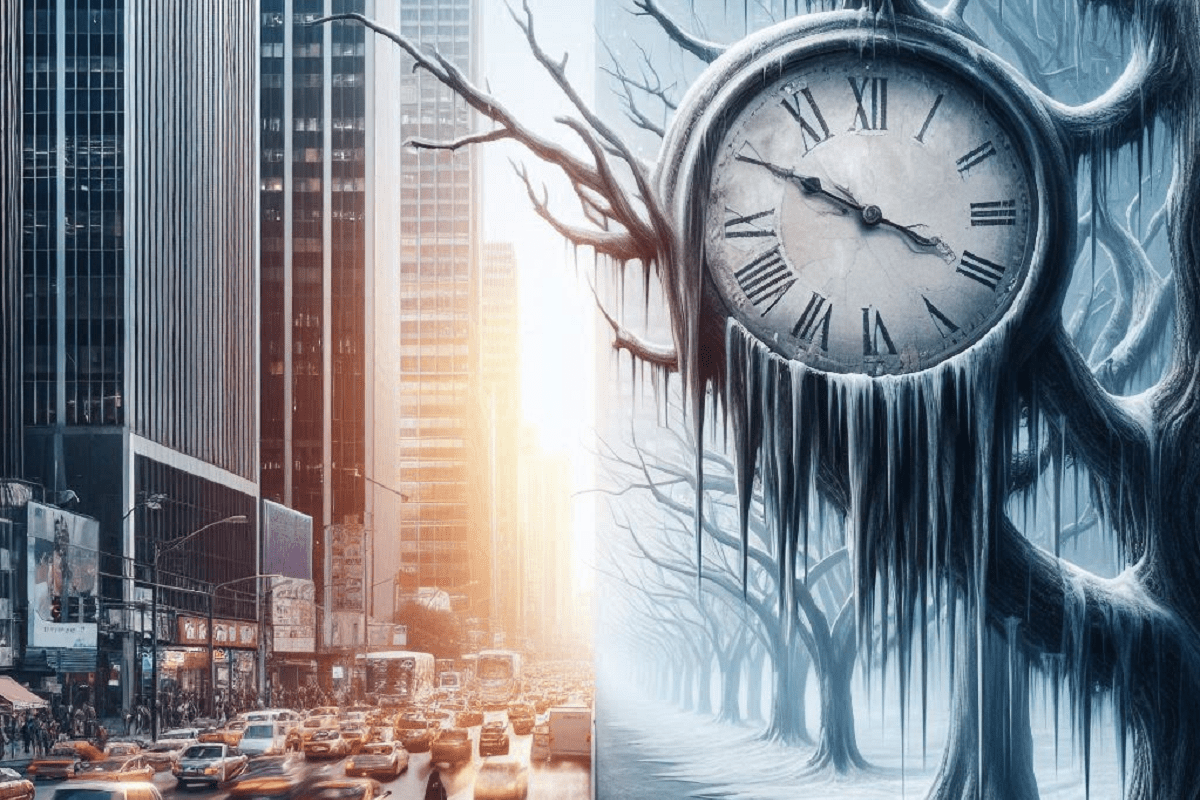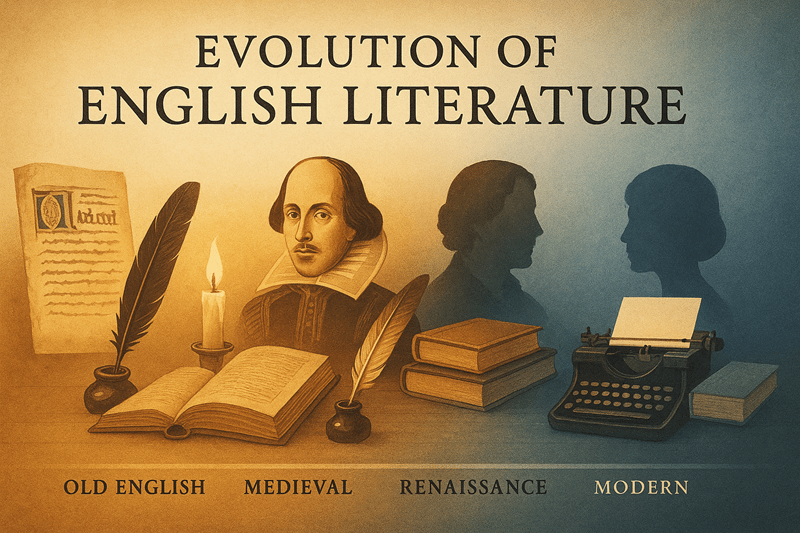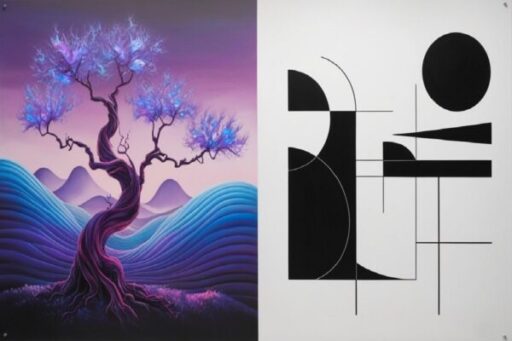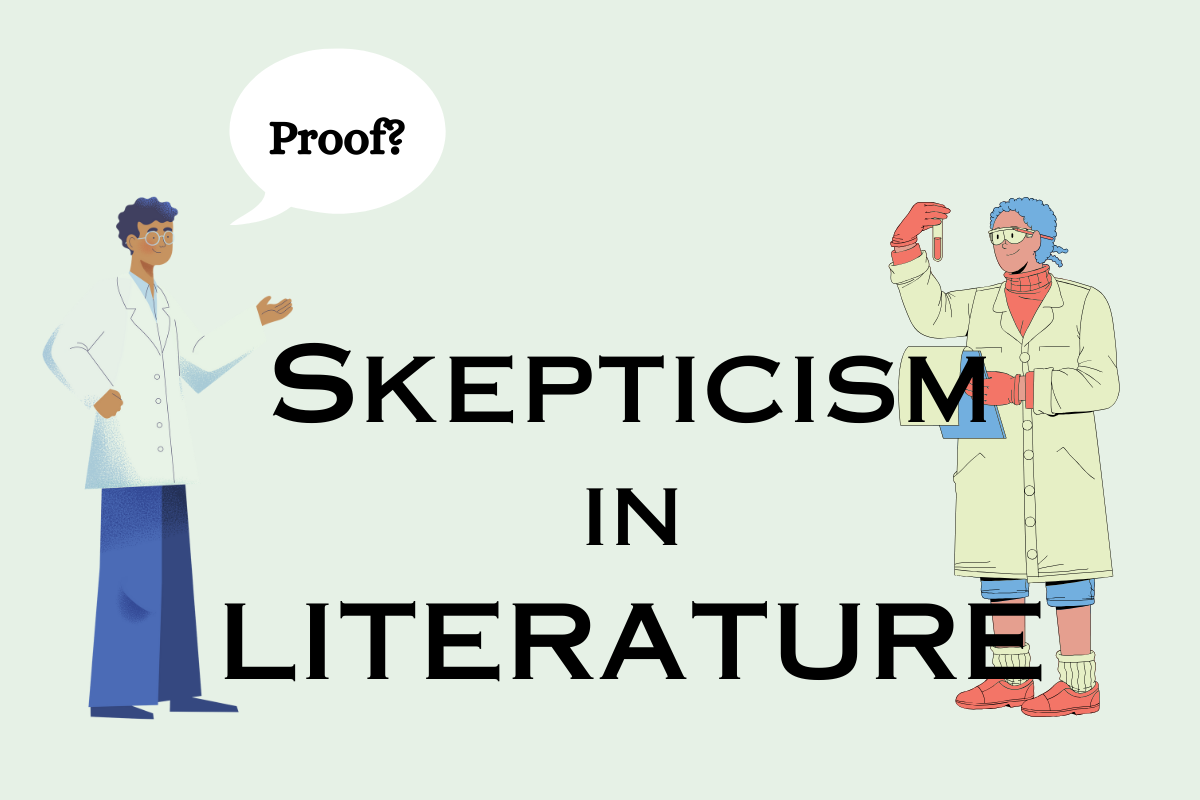Realism and surrealism are two significant literary movements that have profoundly influenced literature. Each movement presents a unique perspective on reality and human experience. They often contrast sharply in their methodologies, themes, and stylistic approaches. This comparative study aims to elucidate the differences and intersections of realism vs surrealism in literature.

Realism vs Surrealism in Literature
Realism and surrealism represent two distinct and powerful approaches to literature, each offering unique insights into the human experience.
A. Historical Context and Origins
| Aspect | Realism | Surrealism |
| Time Period | Mid-19th century | Early 20th century |
| Origins | Reaction against romanticism and idealism | Emerged from the disillusionment of post-World War I |
| Influences | Industrial Revolution, social changes | Dada movement, Freudian psychoanalysis |
| Key Figures | Gustave Flaubert, Charles Dickens, Leo Tolstoy | André Breton, Salvador Dalí, Gabriel García Márquez |
B. Philosophical Foundations
| Aspect | Realism | Surrealism |
| Core Philosophy | Empiricism, Positivism | Freudian psychoanalysis, exploration of the unconscious |
| View on Reality | Objective, factual, observable | Subjective, irrational, dream-like |
| Artistic Goal | Reflect the true nature of the world | Transcend rational thought, liberate the imagination |
C. Key Characteristics
| Aspect | Realism | Surrealism |
| Depiction of Life | Accurate, unembellished portrayal of everyday life | Bizarre, fantastical, and dream-like imagery |
| Character Focus | Ordinary people, often middle or lower class | Symbolic characters, representations of the unconscious |
| Themes | Social issues, human struggles, morality | Dreams, subconscious, irrationality |
| Narrative Style | Logical, structured, cause-and-effect relationships | Nonlinear, fragmented, unpredictable |
| Language Use | Clear, detailed, objective | Symbolic, metaphorical, free association |
| Imagery | Detailed, realistic | Surreal, absurd, unexpected juxtapositions |
D. Notable Works and Authors
| Aspect | Realism | Surrealism |
| Seminal Works | Madame Bovary by Gustave Flaubert | Nadja by André Breton |
| Great Expectations by Charles Dickens | The Master and Margarita by Mikhail Bulgakov | |
| Anna Karenina by Leo Tolstoy | The Secret Life of Salvador Dalí by Salvador Dalí | |
| Literary Techniques | Detailed descriptions, objective narration | Dream-like sequences, symbolic representation |
E. Comparative Analysis of Realism vs Surrealism
| Aspect | Realism | Surrealism |
| Representation of Reality | Life as it is, focus on observable and tangible | Blurred lines between reality and imagination |
| Character Development | Complex, relatable, grounded in reality | Symbolic, often lack conventional depth |
| Narrative Structure | Logical progression, coherent plot | Fragmented, nonlinear, illogical |
| Themes and Motifs | Social issues, class, poverty, human condition | Identity, dreams, fantasy, nature of reality |
| Philosophical Underpinnings | Empiricism, societal reflection | Psychoanalysis, exploration of the subconscious |
| Role of the Author | Detached, objective observer | Explorer of the irrational mind, subjective experience |
| Impact on Reader | Foster empathy, social awareness | Challenge perceptions, embrace irrationality |
F. Impact on Literature and Culture
| Aspect | Realism | Surrealism |
| Influence on Subsequent Movements | Naturalism, Modernism | Magical Realism, Speculative Fiction |
| Presence in Contemporary Literature | Character-driven narratives, social issues | Blend of reality and fantasy, imaginative worlds |
| Extension into Other Art Forms | Influence on theatre, film, and visual arts | Profound impact on visual arts, cinema, popular culture |
| Critical Reception | Celebrated for authenticity and social critique | Valued for creativity and breaking conventional norms |
The interplay between these movements highlights the diverse ways in which literature can capture and interpret reality. Whether through the meticulous detail of a realist novel or the dream-like imagery of a surrealist poem, both approaches enrich our understanding of the world and the human psyche.
Recommended: Mysticism in Literature | Characteristics and Famous Writers
In this battle of realism vs surrealism, they continue to influence contemporary literature and culture. Also, they offer valuable perspectives on the nature of reality, creativity, and human experience.



